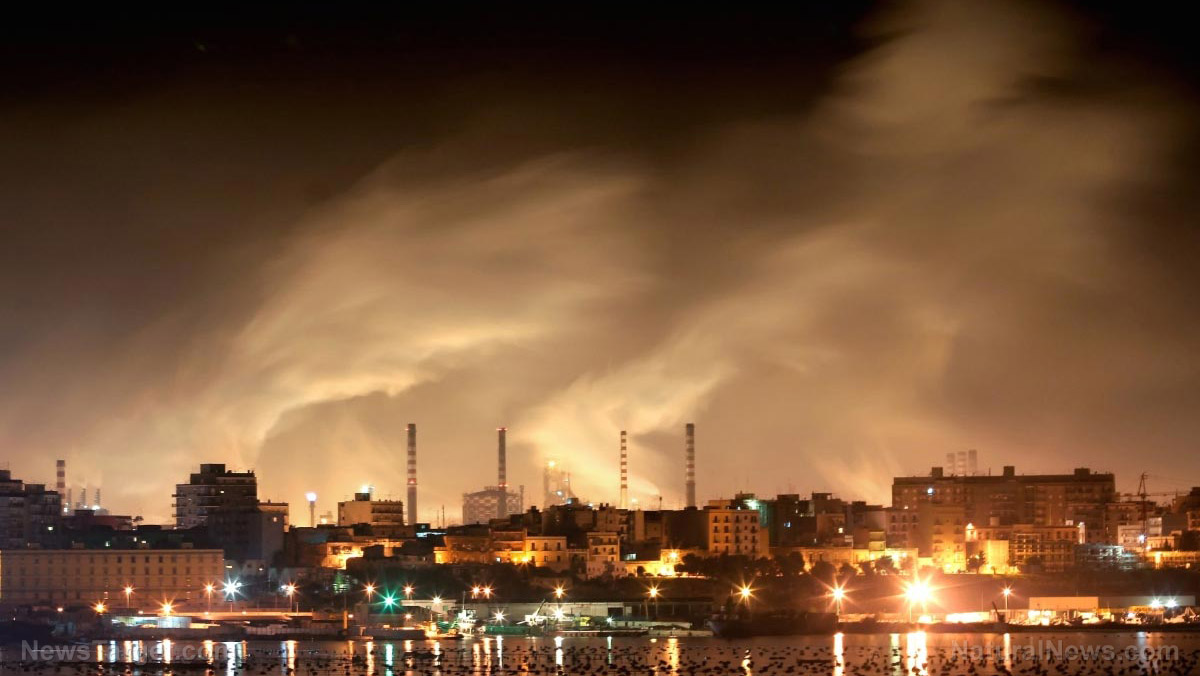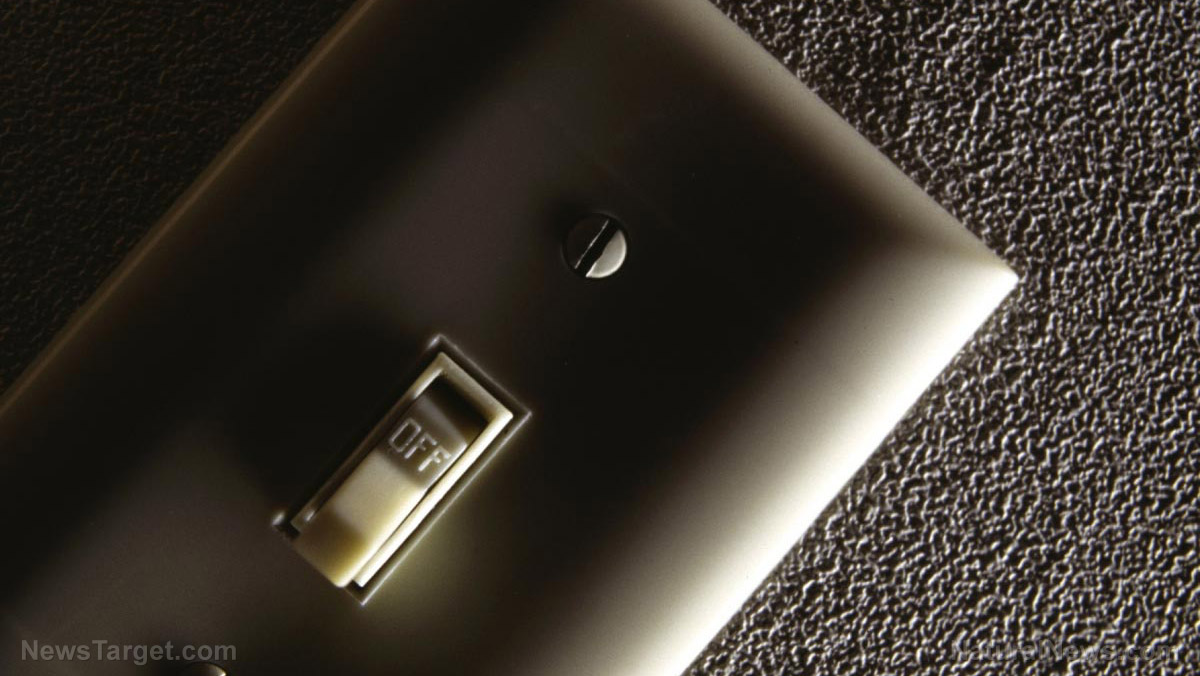
In this air purification setup, outdoor air will pass through condensing tubes fitted with air conditioning units. The incoming air will be chilled to -0.4 F (-18 C).
When the air gets that cold, the pollutants will stick to each other and become too heavy to stay afloat. The burdened particles will drop to the bottom of the condensing tube, making it easy to dispose of them.
Meanwhile, the now-purified air will be allowed inside the building. It will be very safe for the occupants to breathe in.
Researchers from the Nottingham Trent University (NTU) and the Chinese Academy of Sciences (CAS) claimed this method of freezing polluted air got rid of 99 percent of the toxic particulate matter found in outdoor air pollution. It also removed 98 percent of toxic nitrogen oxide from the air. (Related: WHO: 9 out of 10 people in the world breathe polluted air.)
Staying indoors will not protect you from outdoor air pollution
The NTU and CAS researchers have been working on ways to prevent outdoor air pollution from getting indoors in the first place. They believed their work on cryogenic condensation and circulation could inspire manufacturers of air conditioning and humidifier units to modify their products. The improved cooling devices could then be used to eliminate the threat of indoor air pollution.
NTU researcher Robert Mortimer explained that outdoor air pollution is interlinked with its indoor equivalent. And the air quality for both indoor and outdoor spaces around the world has deteriorated to dangerous levels.
He considered the infamous haze that hangs over Beijing and the current health crisis in London schools to be symptoms of the same greater problem that is outdoor air pollution. He is also worried that the current levels of air purification technologies are too costly, ineffective, or even dangerous to deploy in large numbers.
The natural reaction of people to high levels of outdoor air pollution is to remain indoors until the noxious haze passes. But Mortimer warned that this practice is based on a false sense of safety. If the quality of the air outdoors is bad, so is the quality of the indoor air.
Furthermore, the confined spaces of a home or office make it easier for air pollutants to concentrate. Indoor air pollution could thus be many times more dangerous than outdoor pollution.
Freezing air will make it much easier to remove airborne pollutants
His CAS counterpart, Gang Pan, is much more upbeat. He described the ease of use and simplicity of their cryogenic circulation system, which successfully removed the majority of fine particles and toxic gas from polluted air by running the air through a very cold chamber.
"Our study makes it possible to add an ‘air cleaner’ option to household appliances in areas which might experience extremely poor air conditions," said Gang, who published the results in the journal Science of the Total Environment. "By controlling indoor air pollution and improving air quality in this way, this work could be greatly beneficial for public health."
Every year, air pollution claims around 40,000 live in the U.K. Many more early deaths are reported in China and the rest of the world. But if the NTU and CAS succeed in refining and mass producing their cryogenic circulation system, many of those lives could possibly be saved.
Sources include:
Please contact us for more information.























